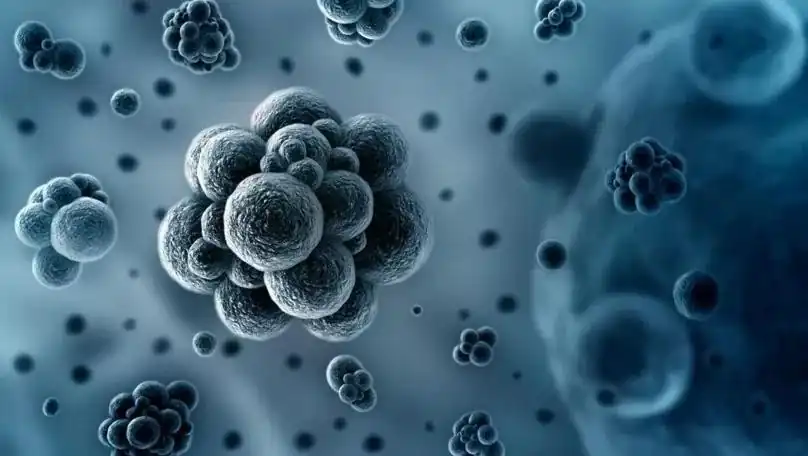Nano magnesium hydroxide (Mg(OH)2) is a novel nanomaterial with broad-spectrum antimicrobial activity. Its small particle size, large surface area, good physicochemical properties and biocompatibility make it a promising application in the antibacterial field.

The antimicrobial mechanism of nano-magnesium hydroxide is not fully understood, but current studies suggest that its antimicrobial effect may be realized mainly through the following pathways:
1️⃣ Cell membrane disruption: Nano-magnesium hydroxide particles can be adsorbed onto the bacterial cell membrane, disrupting the structure and function of the cell membrane, leading to leakage of cell contents and death.
2️⃣ Reactive Oxygen Species (ROS) Generation: Magnesium hydroxide nanoparticles can induce ROS generation in bacteria through various pathways, such as superoxide radicals, hydroxyl radicals, etc. ROS can damage bacterial DNA, proteins, and lipids, leading to cell damage and death.
3️⃣ Metal Ion Release: Nano magnesium hydroxide can release Mg2+ ions, which can interfere with the cellular metabolism of bacteria and inhibit the growth and reproduction of bacteria.
The antimicrobial activity of nano magnesium hydroxide is affected by a variety of factors, including particle size, surface morphology, crystal structure, dispersion and so on. Generally speaking, the smaller the particle size, the larger the surface area and the more perfect the crystal structure of the nano-magnesium hydroxide, the stronger its antibacterial activity.
The research on the antimicrobial properties of nano magnesium hydroxide mainly focuses on the following aspects:
1️⃣ Preparation methods of nano magnesium hydroxide: At present, the preparation methods of nano magnesium hydroxide mainly include solvent heat method, microemulsion method, hydrothermal method, precipitation method and so on. Different preparation methods can obtain nano magnesium hydroxide with different morphology and particle size.
2️⃣ Antimicrobial activity evaluation of nano magnesium hydroxide: Antimicrobial activity of nano magnesium hydroxide can be evaluated by a variety of methods, such as the ring of inhibition test, the minimum inhibitory concentration (MIC) determination, bactericidal curve determination and so on.
3️⃣ Antimicrobial mechanism study of nano magnesium hydroxide: Antimicrobial mechanism of nano magnesium hydroxide can be studied by a variety of methods, such as cell membrane disruption study, ROS generation study, metal ion release study, and so on.
The research on the antibacterial properties of magnesium hydroxide nanoparticles has made great progress, but there are still some problems that need to be solved, such as the antibacterial activity of magnesium hydroxide nanoparticles is not ideal, the long-term stability of magnesium hydroxide nanoparticles needs to be improved, and so on.
Nano magnesium hydroxide has the advantages of broad-spectrum antimicrobial, small non-toxic side effects, easy to prepare, making it has a broad application prospect in the field of food preservation, medical health, environmental protection and other fields. With the in-depth study of the antibacterial properties of nano magnesium hydroxide, its application will be further expanded.
